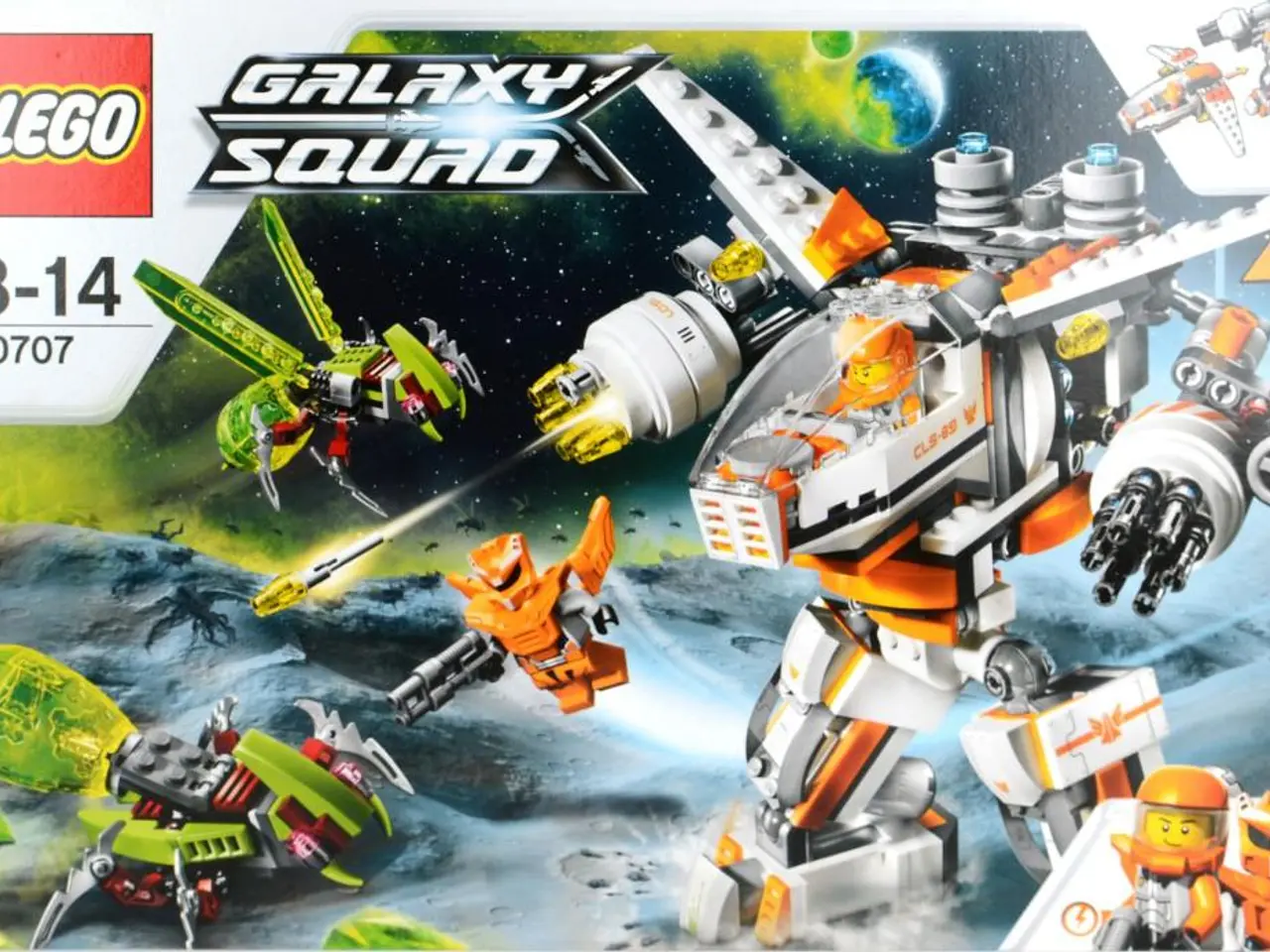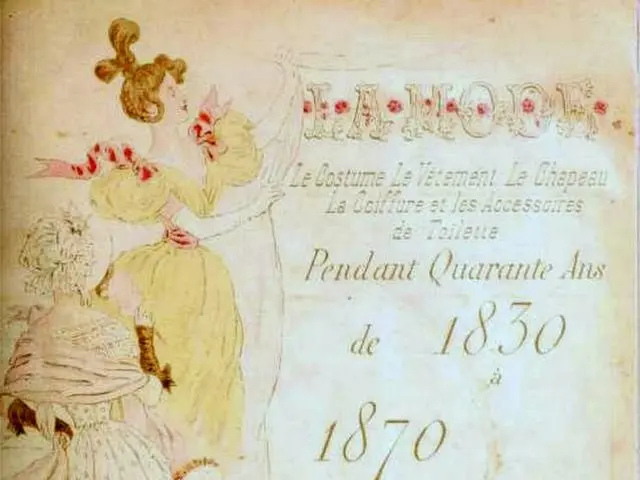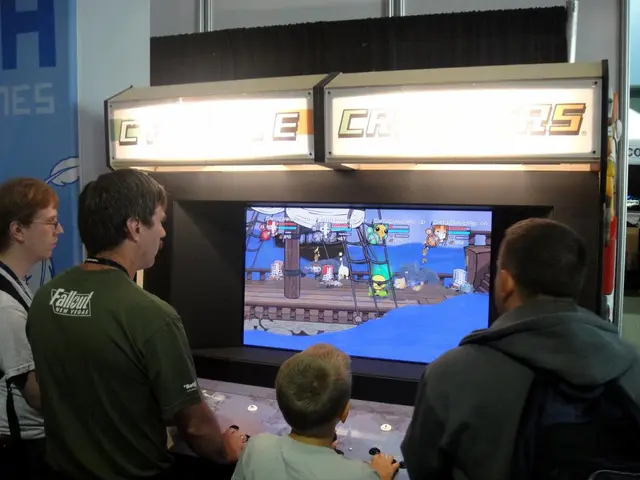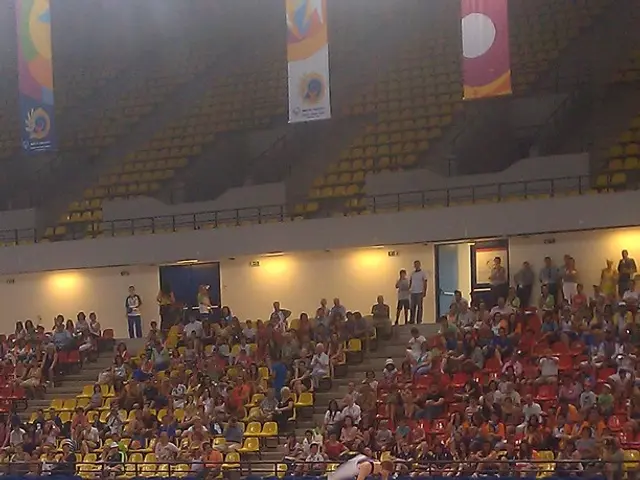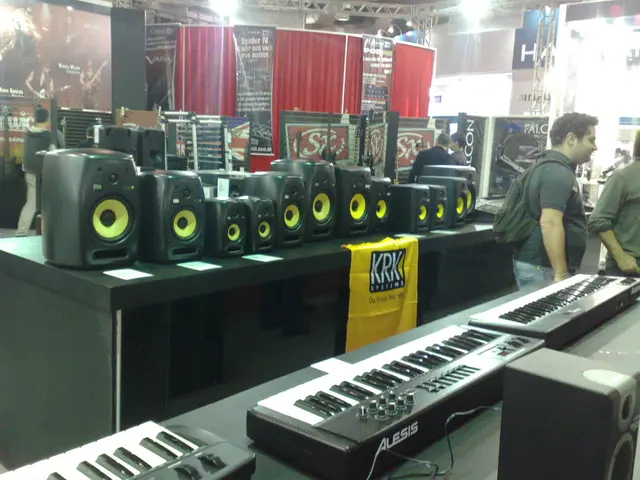Toyota Advances Lunar Space Travel with Manned, Air-tight Lunar Rover
Toyota Motor Corporation and the Japan Aerospace Exploration Agency (JAXA) have joined forces to develop a manned lunar rover, aiming to expand human activities on the Moon. The announcement was made at the international space symposium in Tokyo, where discussions focused on missions to the Moon and Mars.
In a presentation titled 'Toyota Contributes to International Space Exploration', Toyota Executive Vice President Shigeki Terashi shared details about the project. The rover is anticipated to be a wheeled vehicle capable of travel across the surface of the Moon for up to 6 weeks, covering a total distance of 10,000 km over 42 days.
The rover will be equipped with Toyota's next-generation fuel cell, aiming to make it capable of traveling up to 1,000 km on one fill of the hydrogen tank. This technology, which has been used since the Gemini mission in 1965, is chosen for its lightweight and compact nature. Fuel cells generate electricity from the combination of hydrogen and oxygen, producing water as a byproduct. This water can be re-used as a coolant or drinking water.
JAXA Vice President and Astronaut, Dr. Koichi Wakata, introduced JAXA's vision for an international space exploration program. The rover is designed to allow astronauts to remove their space suits and live inside, providing approximately 13 m of living space. It will also need to generate electricity using solar photovoltaic panels and store electricity for the operation of electronic devices outside of vehicle movement.
The collaboration between Toyota and JAXA is part of Toyota's "5 Continents Drive Project", which provides vehicles for global customers to experience various road types and improve car design. The project aims to maintain quality, durability, and reliability in the development of the lunar rover.
If lunar water is found and utilized, it could potentially offer a secure supply of energy for space activities. This could be a significant step forward in space exploration, as some customers travel in remote areas where vehicle breakdowns could be life-threatening.
The acronym "CASE" represents advanced technologies like automated driving, AI, and connectivity, which will be necessary for the lunar rover. Toyota and JAXA plan to send their first manned lunar rover to the moon in the late 2020s, with specific mission dates not yet finalized. Hydrogen and oxygen for the fuel cells will be transported from Earth for the initial mission, with tanks exchanged for continued operation.
This ambitious project is a testament to the continued advancement of technology and the spirit of exploration that drives both Toyota and JAXA. As we look to the future, it's clear that the possibilities for space travel are limitless.
Read also:
- Peptide YY (PYY): Exploring its Role in Appetite Suppression, Intestinal Health, and Cognitive Links
- Toddler Health: Rotavirus Signs, Origins, and Potential Complications
- Digestive issues and heart discomfort: Root causes and associated health conditions
- House Infernos: Deadly Hazards Surpassing the Flames
